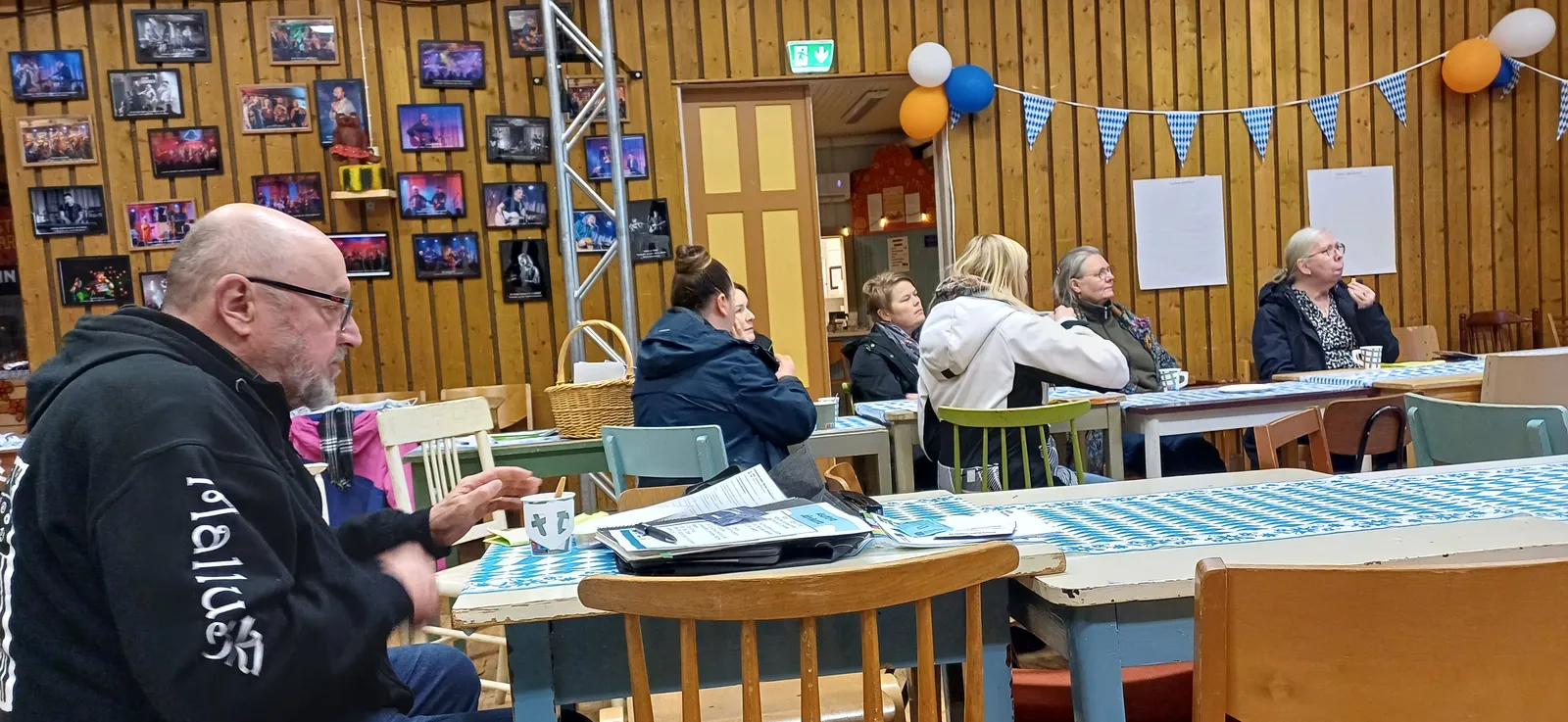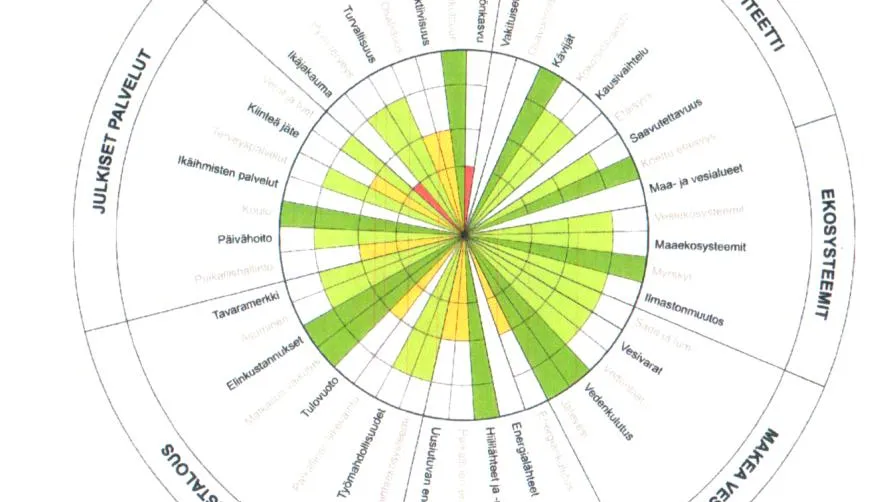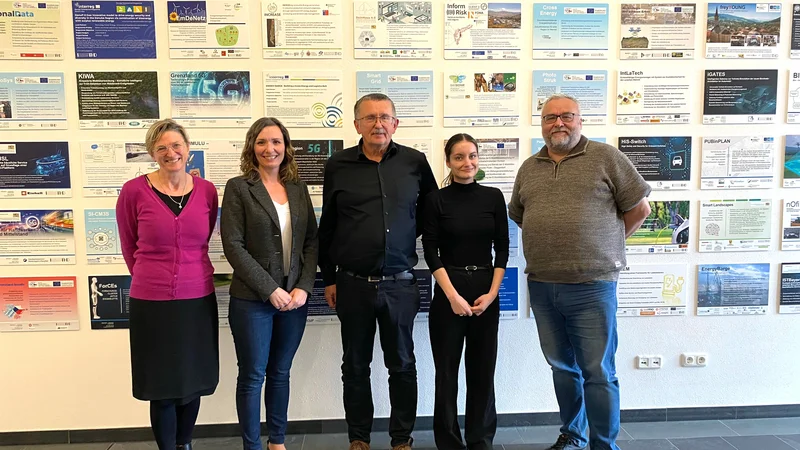On 11 November 2025, the Habitability Research results for the Mallusjoki region, also known locally as Järvikunta, were presented at the Mallusjoki Youth Association Clubhouse. The event gathered inhabitants, researchers, and development actors to explore how the habitability approach can help small inland communities flourish in a changing world.

Habitability: a practical tool for sustainable living
The habitability concept was first created on the island of Kökar, Åland (2018–2020), to provide communities, especially islands and rural villages, with a framework for understanding and improving their local conditions. It translates the UN Sustainable Development Goals (Agenda 2030) into concrete, local realities by asking a simple question: What makes a place good to live in?
Being habitable means more than surviving. It means having jobs, housing, transport, schools, and access to nature. These are the building blocks of a sustainable society that can take care of both its people and its environment.
Mallusjoki joins a growing inland habitability network
Mallusjoki, or Järvikunta, is one of three inland regions in the Päijät-Häme area where the habitability method is being tested. The research was coordinated by Päijänne-Leader, the Local Action Group responsible for fostering rural innovation and cooperation across the region. This collaboration ensures that the habitability approach evolves not just as an island development tool, but also as a model for inland villages surrounded by lakes, forests, and cultural landscapes.
Community-driven insights supported by data
In Mallusjoki, the habitability study combined statistical analysis with local experience. Through workshops and surveys residents reflected on what makes their community thrive and what could be improved.
The Habitability concept contains 45 indicators to help us to measure how habitable our region is. The indicators are categorised in seven areas.
- Area 1: Place Identity
- Area 2: Ecosystems
- Area 3: Freshwater
- Area 4: Energy
- Area 5: Local Economy
- Area 6: Public Service
- Area 7: Prosperous People
Of the 45 indicators, only two received the lowest score of 1. These are shown as red bars in the multi-spoke radar chart. One of them is the distribution of inhabitants, which affects the dependency ratio. While the situation is not alarming, it is noteworthy. The second red indicator concerns population growth, or more precisely, the decline in population within the area.
The good news is that other indicators clearly show that the region is highly habitable. However, there is always room for improvement. Public services, household water supply, energy efficiency and waste management, for example, could be better. This message will be shared with the Orimattila municipality.
From habitability to regional action
The Mallusjoki pilot is part of the PoliRuralPlus project, funded by the European Union’s Horizon Europe programme. The results of the habitability study will now feed into the Regional Action Plan (RAP), helping policymakers and citizens co-create practical steps for sustainable development.
By linking community knowledge, statistical data, and European policy goals, the Mallusjoki pilot illustrates how habitability can bridge local realities and long-term regional strategies.



Existing Comments